A Guide to Setting Up a Safe Nursery for Your Baby
As you prepare to welcome your precious little one into the world, creating a safe and comfortable nursery is one of the most important tasks on your to-do list. Your baby’s nursery should be a sanctuary, designed with their well-being in mind. In this guide, we’ll walk you through the essential steps to set up a safe nursery for your baby.
1. Choose the Right Room
Select a room that is well-ventilated and receives natural light. Ensure it’s close to your bedroom for those midnight feedings and diaper changes. Proper room selection sets the foundation for a safe and cozy nursery.
2. Paint and Decorate Safely
When it comes to nursery colors, opt for non-toxic, low-VOC (volatile organic compounds) paint. Soft, pastel shades are often recommended for a soothing atmosphere. Decorate the room with baby-friendly, wall-mounted artwork, and mobiles to avoid any choking hazards.
3. Invest in a Comfortable Crib
The crib is the centerpiece of the nursery. Ensure it meets safety standards, has sturdy railings, and is free from lead paint. Use a firm mattress that fits snugly, leaving no gaps. Avoid using pillows, stuffed animals, or heavy blankets in the crib to prevent suffocation risks.
4. Organize Efficiently
Proper organization is key to a safe nursery. Use shelves, drawers, and storage bins to keep baby essentials like diapers, clothing, and feeding supplies within easy reach. This reduces the risk of accidents when you’re multitasking.
5. Childproof the Room
As your baby grows, they’ll become more curious and mobile. Childproof the nursery by securing heavy furniture to the wall to prevent tipping, covering electrical outlets, and using cord shorteners on blinds to eliminate choking hazards.
6. Ensure Proper Lighting
Install blackout curtains to create a conducive sleep environment. Soft, adjustable lighting is essential for late-night feedings. A nightlight can be a useful addition for a subtle glow that won’t disrupt your baby’s sleep.
7. Monitor the Temperature
Maintain a comfortable temperature in the nursery, typically between 68°F and 72°F (20°C to 22°C). Use a room thermometer to ensure it’s not too hot or cold. Dress your baby in light layers to regulate their body temperature.
8. Choose Safe Bedding
Opt for fitted crib sheets that stay securely in place. Loose bedding like quilts, comforters, and bumper pads can pose suffocation risks. Keep the crib simple and uncluttered.
9. Install a Baby Monitor
A baby monitor with audio and video capabilities provides peace of mind. You can keep an eye (and ear) on your baby from another room. Make sure to place the camera out of your baby’s reach.
10. Regularly Inspect and Clean
Frequently inspect the nursery for potential hazards or wear and tear. Keep the room clean and dust-free to create a healthy environment for your little one.
Your baby’s nursery is a place where they’ll grow, learn, and thrive. By following these guidelines, you can ensure that it’s a safe and nurturing space. As you embark on this exciting journey of parenthood, remember that your baby’s well-being is your top priority, and a secure nursery is a significant step in that direction. Congratulations on this new chapter in your life!
If you found this guide helpful, please share it with other expecting parents. Together, we can create safe and loving environments for our little ones.
🧒 StarAndDaisy Playpen: A Safe and Happy World for Your Little Explorer 👶
Raising a toddler is a beautiful journey filled with laughter, learning, and lots of movement! But as every parent knows, keeping your child safe while they explore is no easy task. That’s where the StarAndDaisy Playpen for Kids steps in as your parenting partner—offering peace of mind, safety, and a whole lot of fun for children up to 5 years of age.
🏡 Why Every Parent Needs a Safe Play Area
Between cooking, cleaning, remote work, and everything in between—watching over a curious toddler 24/7 is practically impossible. But with the StarAndDaisy Playpen, you don’t have to worry every time your child crawls or walks away.
This 120×120 cm portable playpen gives your baby a secure, comfortable, and spacious space to play, nap, or explore independently—right inside your home.
🌟 Key Features of the StarAndDaisy Playpen
✅ Spacious & Portable (120×120 cm)
A perfect size for your baby to roll, crawl, play with toys, or enjoy tummy time. And yes—it’s portable and easy to move between rooms!
✅ Strong Safety Lock
The built-in safety lock ensures that your child stays secure within the playpen without the risk of accidental openings.
✅ Sturdy & Durable Material
Crafted with baby-safe, high-quality materials, this playpen is built to last, even with daily use.
✅ Indoor Activity Haven
Perfect for indoor fun, the playpen encourages movement and physical activity while keeping your baby entertained and safe.
✅ Suitable for Kids Up to 5 Years
Designed to grow with your child, this playpen supports babies, toddlers, and even young kids up to 5 years of age.
👩👧 Benefits for Both Parents and Babies
- 💤 Hands-Free Time: Give yourself time to rest, work, or cook while knowing your baby is safe.
- 🧸 Safe Play Zone: No sharp edges, no loose parts, just a child-friendly environment.
- 🏃♂️ Encourages Independent Play: Helps develop your child’s confidence and imagination.
- 🧹 Easy to Clean & Maintain: Wipe clean in minutes—no stress, no mess!
🛒 Your Baby’s First Playground is Just a Click Away!
🎉 Create a safe, fun-filled space for your little one with the StarAndDaisy Playpen – 120×120 cm
✨ Whether you’re working, resting, or multitasking, this playpen gives you the freedom you need and your baby the safety they deserve.
🧩 Perfect for:
- Babies learning to crawl
- Toddlers up to 5 years
- Indoor activity time
- Safe solo play
🛡️ Safety Lock + Durable Build + Spacious Play Area
💥 Now on Amazon – Click here to order ➝ Buy Now
🚚 Fast Delivery | 💰 Great Value | 👨👩👧👦 Trusted by Parents
🚼 Travel Smart with Your Baby – Discover the Ultimate Diaper Bag by PACKNBUY!
👜 Shop Now on Amazon – 73% OFF!
💙 The Perfect Diaper Bag Every Modern Mom Needs!
Being a mom means being prepared for anything—anytime, anywhere. That’s why you need the PACKNBUY Diaper Bag for Mothers, the all-in-one maternity travel companion designed with both convenience and style in mind. Whether you’re out for a walk, traveling with your little one, or just visiting family—this multi-functional diaper bag has you covered.
🌟 Product Highlights:
🍼 Insulated Bottle Pockets:
Keep your baby’s milk warm or cold for longer during travels. Perfect for formula or breastmilk storage on the go.
🎒 Spacious with Multiple Pockets:
Organize everything from diapers and wipes to clothes, toys, and baby creams effortlessly.
💧 Water-Resistant & Durable:
Made from premium, water-resistant fabric to handle unexpected spills and rainy days.
👶 Perfect for Newborns & Toddlers:
Thoughtfully designed to carry all your baby’s essentials—plus your own!
💙 Stylish Blue Design:
Trendy and unisex—perfect for moms and dads.
🛍️ Why Moms Are Loving It:
✔ 4.5 out of 5 stars from 450+ happy customers
✔ Massive 73% savings – only ₹1,231 (original ₹4,500)
✔ EMI from just ₹112/month – budget-friendly
✔ 2% extra discount coupon available
✔ Business buyers save more with GST invoice
✔ Free delivery & Amazon-fulfilled quality assurance
💬 Real Parent Reviews:
⭐️⭐️⭐️⭐️⭐️ “Lifesaver for travel! I can pack everything for my baby, and still have space for my phone, charger, and snacks. It’s a mom must-have!” – Aditi S.
⭐️⭐️⭐️⭐️⭐️ “Beautiful design, sturdy zips, lots of pockets, and easy to clean. I love how organized I can stay now!” – Pooja M.
⭐️⭐️⭐️⭐️ “Bought it as a gift for my sister-in-law and she was thrilled. Highly recommend for new moms.” – Rahul T.
🎁 Ideal for:
- New moms and dads
- Baby shower gifts
- Maternity hospital bag
- Daily baby essentials
- Travel-ready parents
🛒 Don’t Miss This Deal – Limited Stock at 73% OFF!
Pack more, worry less, and enjoy your motherhood journey in style with PACKNBUY.
🔗 👉 Grab the PACKNBUY Diaper Bag Now
#PackNBuy #DiaperBagForMoms #MaternityBag #BabyTravelEssentials #AmazonIndiaDeals #NewMomMustHave #ParentingSimplified #StylishMomBag #BabyCareAccessories
🌊 Enchanting Mermaid Dreams: Featured Baby Mobile
Introducing the Abracadabra Musical Cot Mobile, Mermaid edition, a charming nursery accessory that blends soothing music, soft motion, and playful aesthetics—a perfect fit for newborns to toddlers aged 0–18 months.
🧠 Why This Mobile Stands Out
Stimulates Visual & Auditory Skills
The mobile gently plays a calming, familiar tune powered by a winding key mechanism—no batteries required. The slow movement of mermaid and star figurines captures babies’ attention, supporting early listening, creativity, language awareness, and visual tracking Abracadabraibaby.
Safe, Simple & Stylish
- Easy to install: No screws or complexity—just three simple attachable parts that fit most cots or cradles AbracadabraMy Baby Babbles.
- Easy to clean: Durable plastic arm and machine-washable fabric toys make maintenance a breeze AbracadabraMy Baby Babbles.
Thoughtful Design & Comfort
- Constructed with cotton-covered toys and soft textures to enhance tactile exploration and sensory comfort Amazon IndiaAbracadabra.
- Compact and lightweight at approximately 66 cm × 33 cm × 33 cm—ideal for nurseries without overcrowding Abracadabra+1.
🌟 Real Parent Impressions
While user reviews are limited, available feedback includes:
“Really sturdy product with Cotton covers and Cotton stuff toys in the mobile crib. The musical box is also good. Happy to have purchased” Amazon India
“My baby plays pretty rough with this cot mobile yet it is lasting her forceful pulls. I was quite skeptical before buying.” Desertcart
These comments indicate durability and overall satisfaction with both build and performance.
🎀 In the Nursery: Style & Functionality
The pastel-hued mermaid theme in subtle purple evokes a serene underwater vibe that pairs beautifully with pastel or sea-inspired nursery themes. It adds a visual focal point without overstimulating, providing gentle motion and melody that assist lulling baby to sleep.
📦 What You’ll Get
- One fully assembled cot mobile arm, musical wind-up box, and three hanging plush figures
- No batteries needed—just a wind mechanism for melody playback
- Soft toys made of cotton, safe around little hands
- Washcare: cold machine wash or hand wash; tumble dry low; iron if needed Abracadabra
- Dimensions: approx. 66 × 33 × 33 cm Abracadabra+1
✅ Pros & Cons At a Glance
| ✅ Pros | ❌ Considerations |
|---|---|
| Battery-free winding music, gentle and reliable | Limited public reviews |
| Boosts visual, auditory and tactile development | Single melody only |
| Machine-washable fabric toys | Fits most—but not universal—cots |
| Charming mermaid aesthetic works with many decors | Minor handling needed to wind |
🎉 Final Thoughts
The Abracadabra Musical Cot Mobile – Mermaid (Purple) offers more than just motion and melody: it combines developmentally smart design with aesthetic charm. With its safe build, gentle sounds, and delightful mermaid theme, it’s a lovely gift or upgrade for any baby’s sleep space. For families who value simplicity, style, and sensory enrichment, this mobile is a thoughtful choice.
🛒 Product Info
Here’s a product you might find available:
- Abracadabra Musical Cot Mobile Mermaid – Pink/Purple — Ideal for babies up to 18 months, featuring winding music, soft plush figures, and quick assembly (approx. ₹1,799–₹1,999)
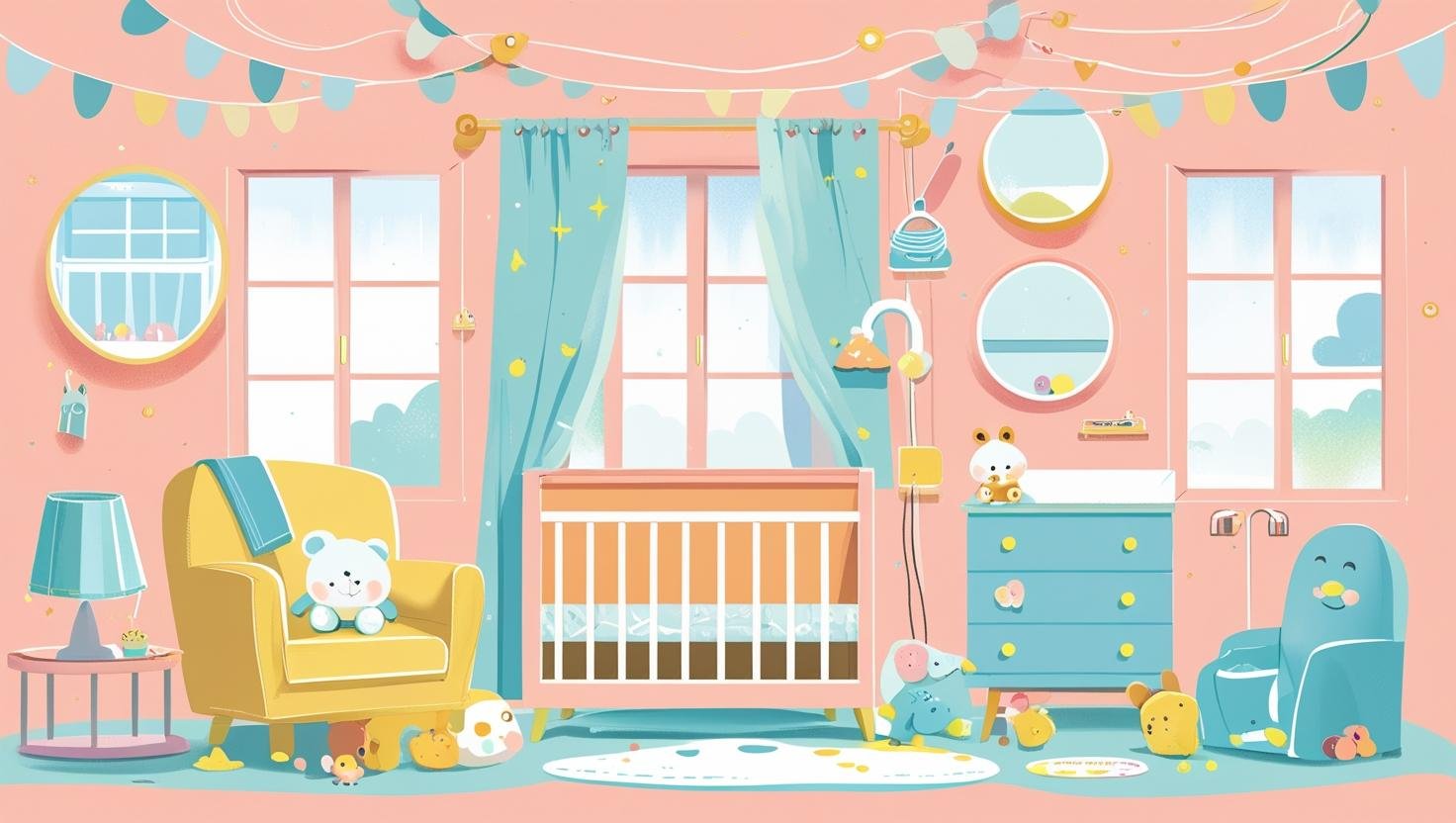

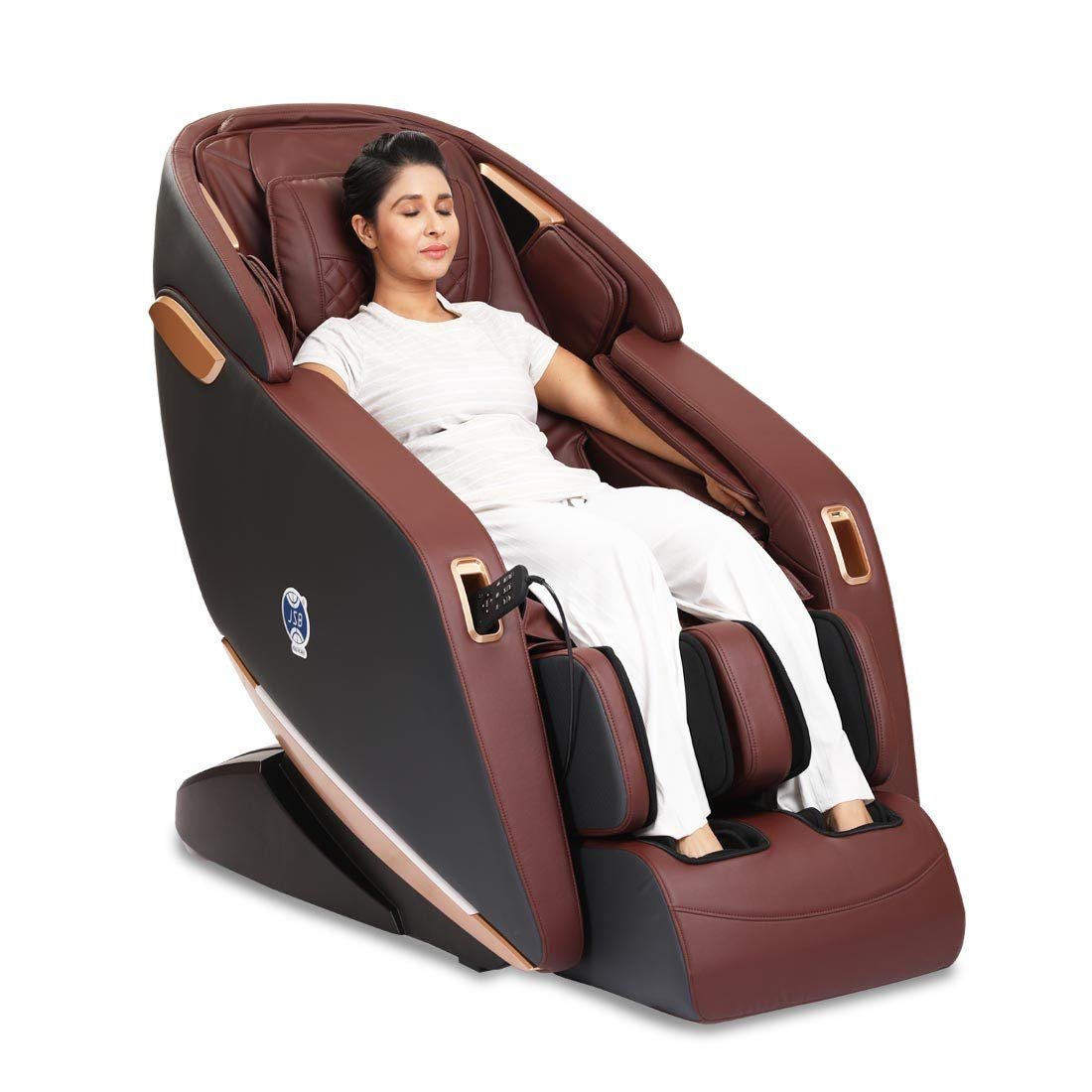


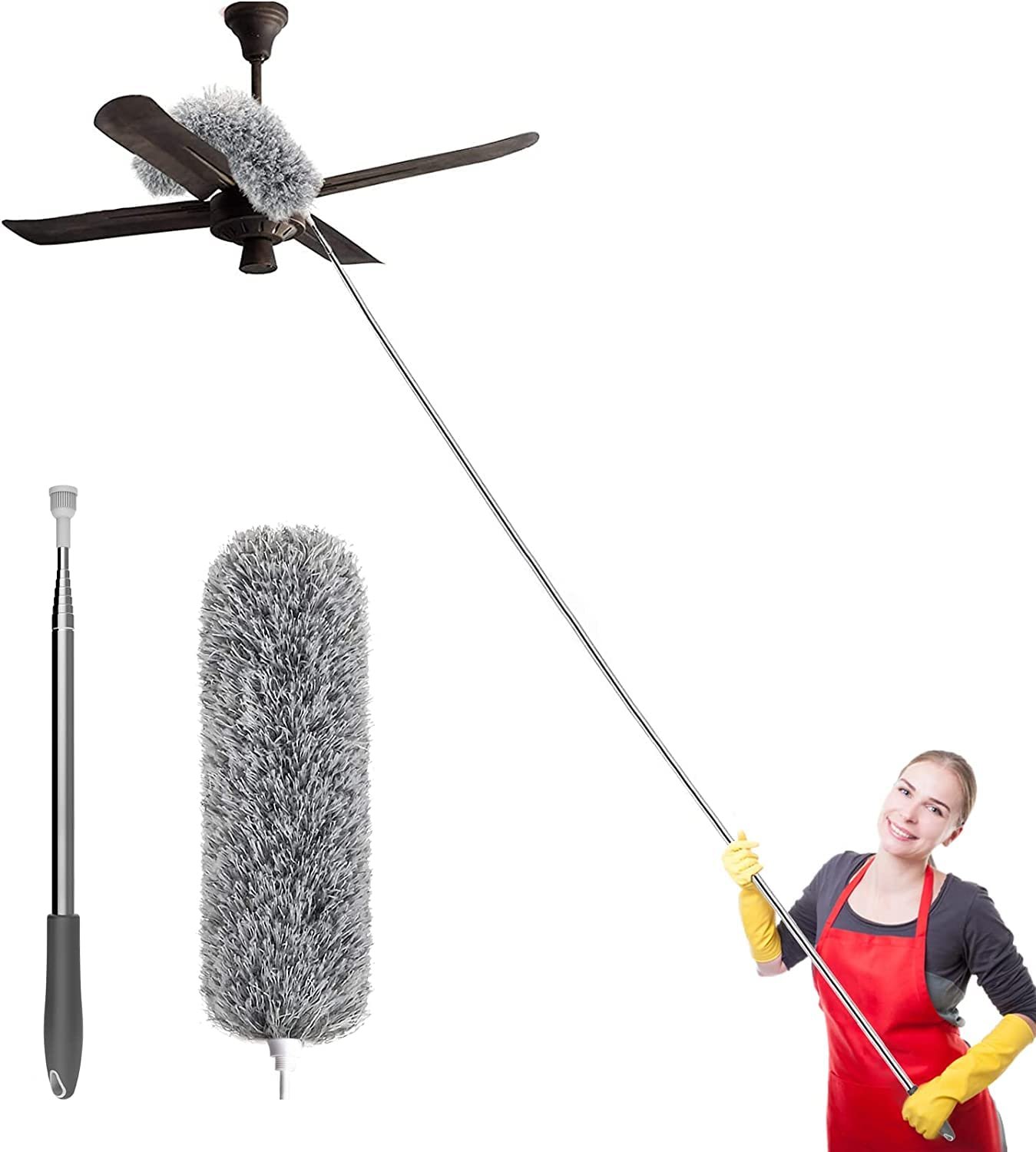
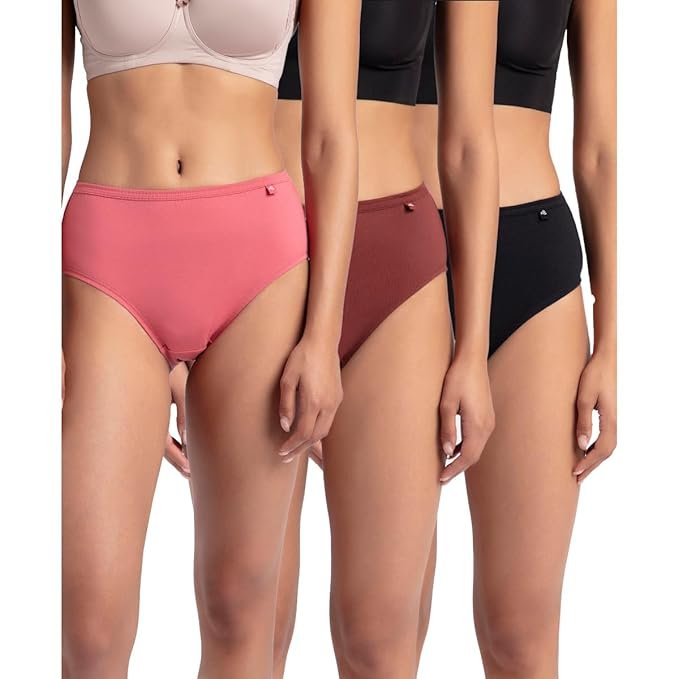
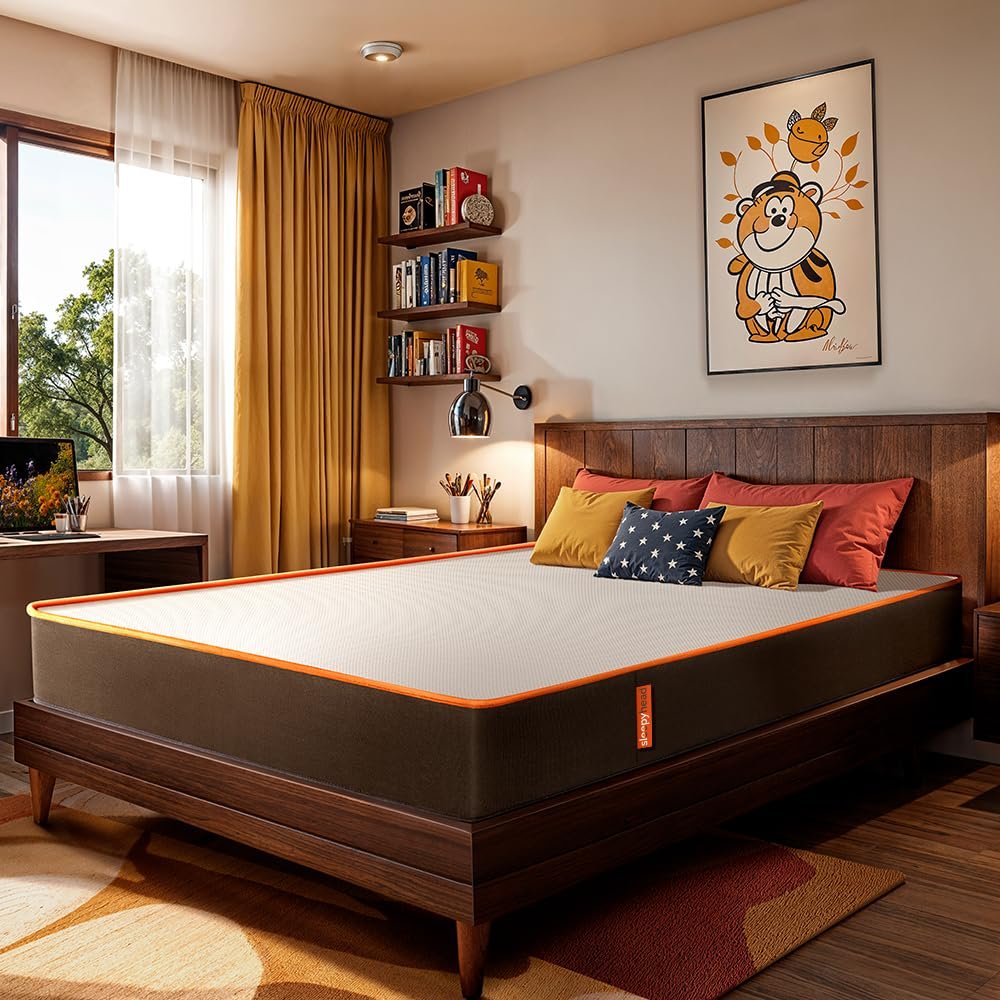

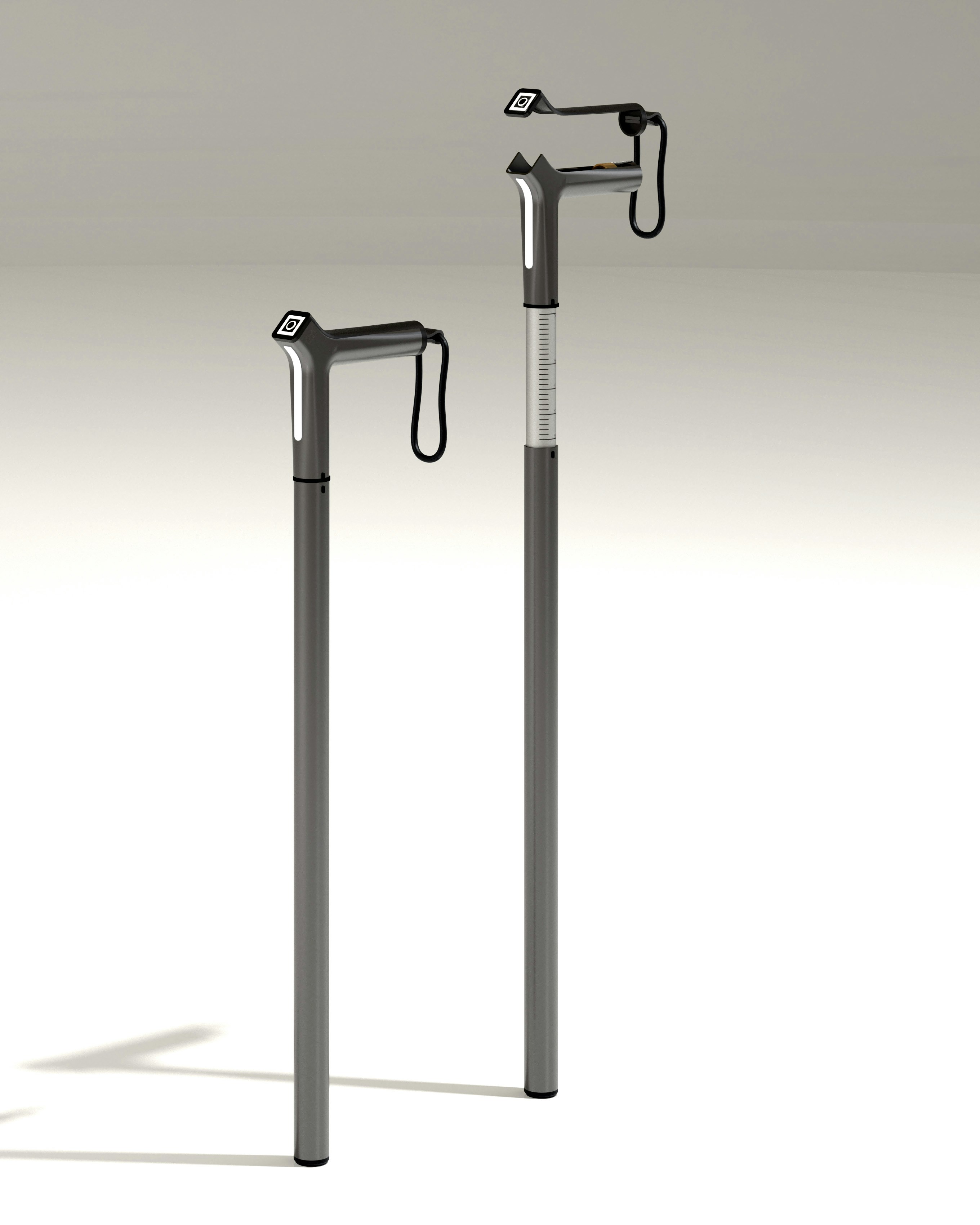
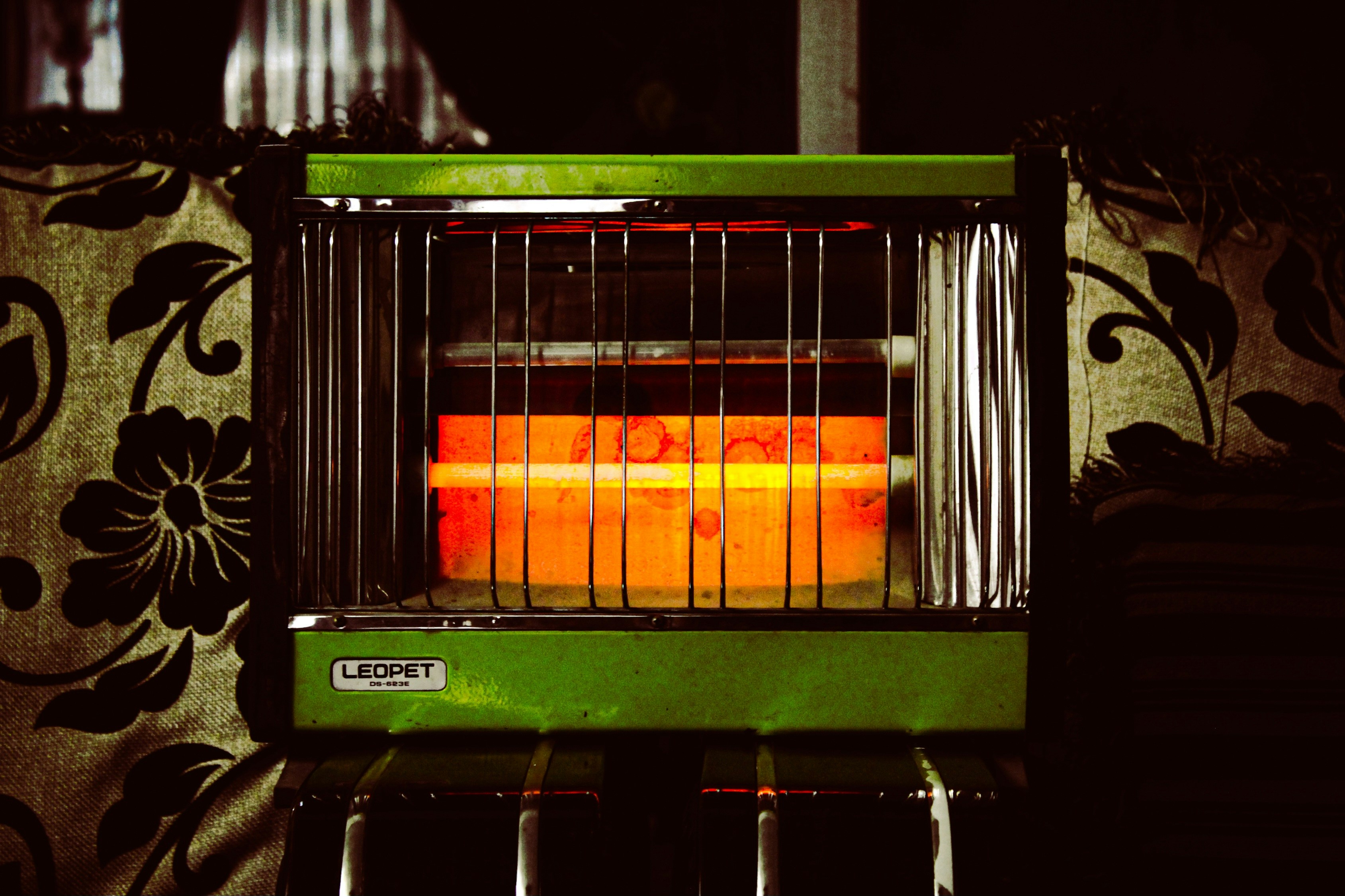
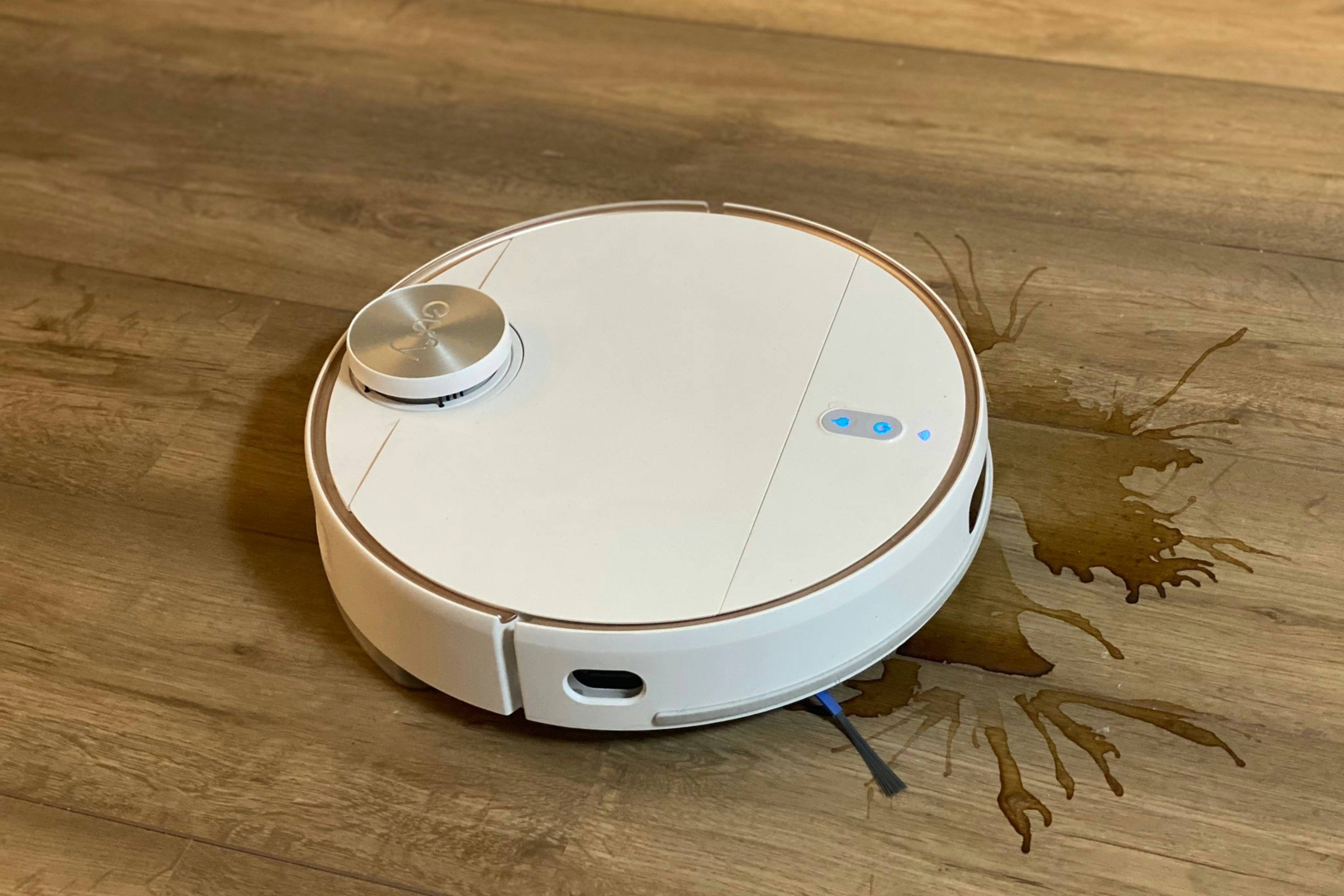
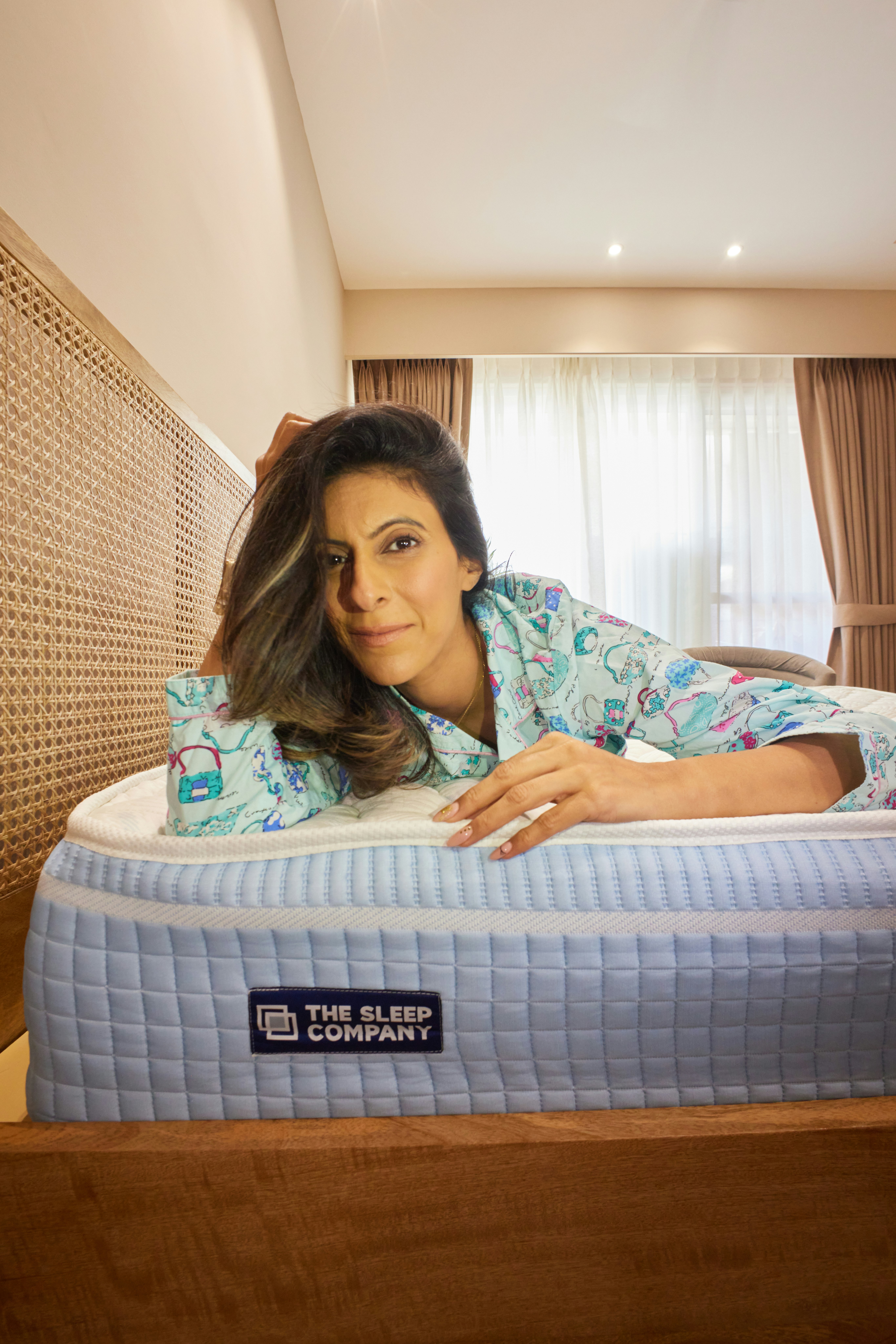
Safety Standards: What to Look for in Baby Gear
[…] from harmful chemicals such as lead, phthalates, and BPA. Opt for items that are certified as being safe for your baby’s health and […]